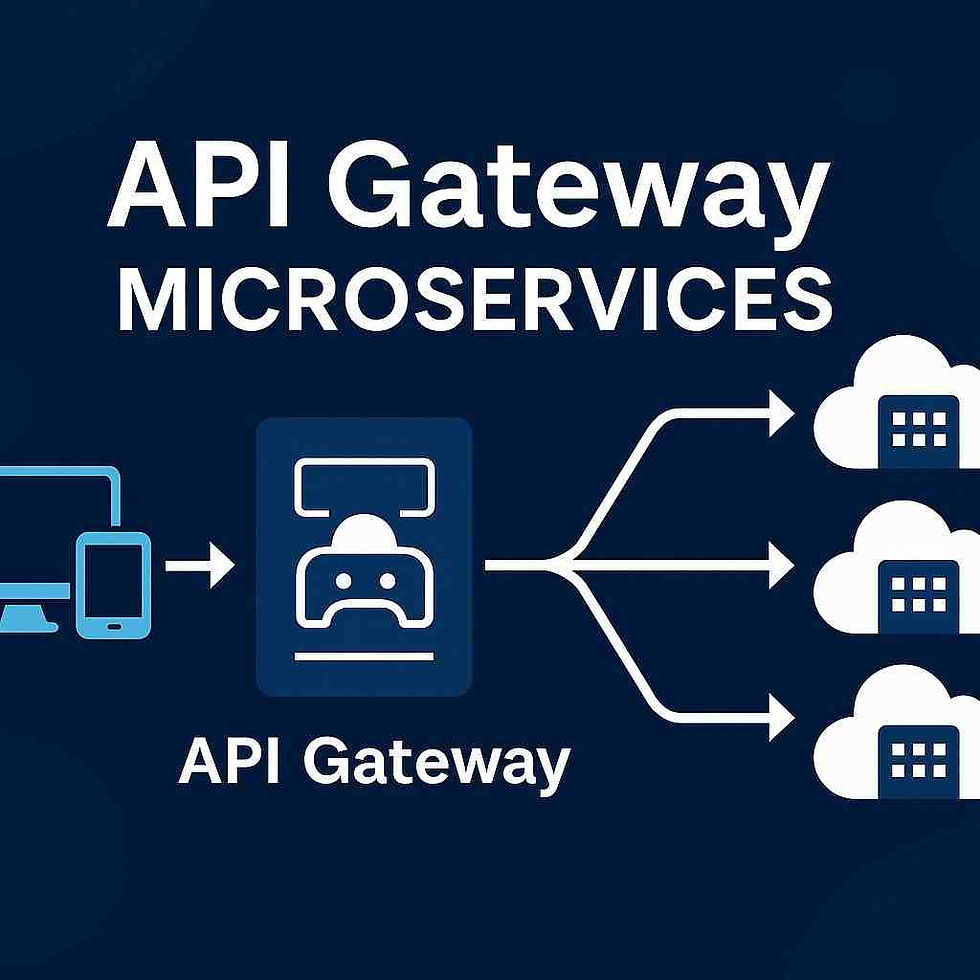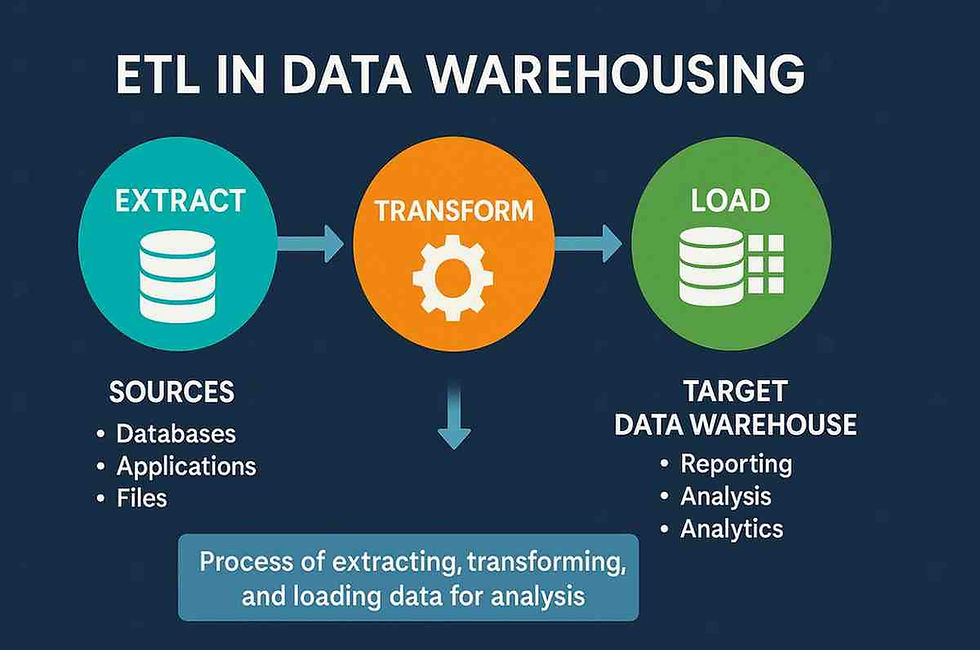Guide to Datadog API: Integration, Usage, and Best Practices 2025
- Gunashree RS
- Jun 21
- 6 min read
What is Datadog API and Why Does It Matter?
The Datadog API serves as the backbone for programmatic access to Datadog's comprehensive monitoring platform. As organizations increasingly adopt cloud-native architectures, the need for seamless integration between monitoring tools and existing systems has become critical.

Q: What makes the Datadog API essential for modern infrastructure monitoring?
A: The Datadog API enables developers and DevOps teams to programmatically manage monitoring configurations, retrieve metrics, create custom dashboards, and automate alert management. With over 850 built-in integrations available through Datadog's platform, the API extends this capability by allowing custom integrations tailored to specific business needs.
Recent statistics show that Datadog's revenue reached $2.7 billion in 2024, representing a 26% increase from 2023, highlighting the growing adoption of monitoring-as-a-service solutions. This growth directly correlates with increased API usage as organizations scale their monitoring infrastructure.
How Does Datadog API Authentication Work?
Q: What are the key authentication methods for the Datadog API?
A: Datadog API uses two primary authentication mechanisms:
API Keys: Used for sending data to Datadog
Application Keys: Required for retrieving data from Datadog
The authentication process involves:
Creating API and Application keys in your Datadog account
Including these keys in HTTP headers for all API requests
Managing key rotation and security best practices
Key Statistics:
API requests require both keys for full functionality
Keys can be scoped to specific permissions for enhanced security
Rate limiting applies: 1000 requests per hour per API key for most endpoints
What Are the Core Datadog API Endpoints?
Q: Which API endpoints are most commonly used by developers?
A: The Datadog API encompasses several critical endpoint categories:
Metrics API
Submit custom metrics: POST /api/v1/series
Query metrics: GET /api/v1/query
Retrieve metric metadata: GET /api/v1/metrics
Events API
Create events: POST /api/v1/events
Query events: GET /api/v1/events
Update events: PUT /api/v1/events/{event_id}
Dashboards API
Create dashboards: POST /api/v1/dashboard
List dashboards: GET /api/v1/dashboard
Update dashboards: PUT /api/v1/dashboard/{dashboard_id}
Monitors API
Create monitors: POST /api/v1/monitor
Manage alert conditions: PUT /api/v1/monitor/{monitor_id}
Retrieve monitor status: GET /api/v1/monitor
According to recent developer surveys, metrics and monitoring APIs account for approximately 60% of all Datadog API usage, with dashboard management representing another 25%.
How to Implement Datadog API Integration?
Q: What's the step-by-step process for implementing Datadog API integration?
A: Here's a comprehensive implementation approach:
Step 1: Environment Setup
1. Obtain API and Application keys from the Datadog account
2. Choose an appropriate SDK (Python, Node.js, Go, Java, etc.)
3. Configure environment variables for secure key storage
4. Set up proper error handling and retry logic
Step 2: Basic Integration Pattern
1. Initialize the Datadog client with authentication
2. Implement metric submission for custom data points
3. Set up event logging for application milestones
4. Configure dashboard creation for visualization
Step 3: Advanced Features
1. Implement custom alerting logic
2. Set up automated report generation
3. Configure integration with CI/CD pipelines
4. Establish monitoring for API usage itself
Best Practice Insight: Industry experts recommend starting with metric submission and basic monitoring before implementing advanced features. This approach ensures stable foundational monitoring while building complexity incrementally.
What Are Real-World Datadog API Use Cases?
Q: How are organizations actually using the Datadog API in production?
A: Based on current market analysis, here are the most common implementation patterns:
Infrastructure Automation
Automated scaling decisions: Using metrics API to trigger infrastructure changes
Cost optimization: Integrating with cloud cost management tools
Compliance reporting: Automated generation of monitoring reports
Application Performance Management
Custom business metrics: Tracking KPIs specific to business logic
User experience monitoring: Integration with frontend analytics
Error rate tracking: Automated incident response workflows
DevOps Pipeline Integration
Deployment monitoring: Automatic dashboard creation for new services
Testing feedback loops: Performance testing integration
Release validation: Automated rollback triggers based on metrics
Recent case studies show that organizations implementing comprehensive Datadog API integration report 35% faster incident resolution times and a 50% reduction in manual monitoring tasks.
How to Optimize Datadog API Performance?
Q: What strategies ensure optimal API performance and cost management?
A: Performance optimization requires a multi-faceted approach:
Rate Limiting Management
Implement exponential backoff for retry logic
Batch API calls were possible to reduce request volume
Monitor API usage against rate limits proactively
Data Efficiency
Use appropriate time granularity for metric queries
Implement caching for frequently accessed data
Optimize payload sizes for metric submissions
Cost Optimization Strategies
Given that Datadog costs can significantly impact IT budgets, effective API usage directly affects pricing:
Selective Metric Collection: Only submit metrics that provide actionable insights
Efficient Querying: Use precise time ranges and filtering to minimize data transfer
Batch Operations: Group related API calls to reduce overhead
Expert Quote: According to cloud monitoring specialists, "Organizations that implement strategic API usage patterns typically see 30-40% reduction in monitoring costs while improving data quality."
What Are Common Datadog API Challenges and Solutions?
Q: What obstacles do developers face when implementing the Datadog API?
A: The most frequently encountered challenges include:
Authentication Issues
Problem: Incorrect key configuration or scope limitations
Solution: Implement comprehensive key validation and rotation procedures
Rate Limiting
Problem: Exceeding API request limits during high-traffic periods
Solution: Implement intelligent queuing and batch processing systems
Data Consistency
Problem: Metric submission delays or duplicates
Solution: Use idempotent operations and implement proper timestamp handling
Integration Complexity
Problem: Managing multiple API endpoints and data formats
Solution: Develop abstraction layers and use official SDKs when available
Recent Development: As of 2025, Datadog has introduced enhanced API management features, including improved error messaging and expanded rate limiting transparency, addressing many common developer pain points.
Frequently Asked Questions (FAQs)
Q: Is the Datadog API free to use?
A: The Datadog API itself doesn't have separate charges, but data ingestion and retention follow Datadog's standard pricing model. API usage is included in your Datadog subscription.
Q: What programming languages are supported for the Datadog API?
A: Datadog provides official SDKs for Python, Ruby, Go, Java, PHP, and Node.js. REST endpoints can be accessed from any language that supports HTTP requests.
Q: How many API requests can I make per hour?
A: Standard rate limits are 1000 requests per hour per API key for most endpoints. Some endpoints have different limits, and enterprise accounts may have higher limits.
Q: Can I use the Datadog API for real-time monitoring?
A: While the API supports near real-time data submission, there's typically a 1-2 minute delay for data processing and availability in dashboards and alerts.
Q: What's the difference between API keys and Application keys?
A: API keys are for sending data to Datadog, while Application keys are required for reading data. Most operations require both keys.
Q: How do I handle API errors and retries?
A: Implement exponential backoff for retry logic, handle HTTP status codes appropriately, and use proper logging to track API interactions.
Q: Can I create custom integrations using the Datadog API?
A: Yes, the API supports creating custom integrations for services not covered by Datadog's 850+ built-in integrations.
Q: Is there API documentation available?
A: Datadog provides comprehensive API documentation with examples, SDKs, and interactive API explorers for testing endpoints.
Key Takeaways
• Comprehensive Integration Platform: Datadog API provides complete programmatic access to monitoring, alerting, and visualization capabilities across cloud infrastructure
• Strong Market Growth: With $2.7B revenue in 2024 (26% YoY growth), Datadog's API ecosystem continues expanding with enhanced features and integrations
• Multiple Authentication Layers: Secure API access requires both API keys (for data submission) and Application keys (for data retrieval) with proper scope management
• Extensive Endpoint Coverage: Core APIs include Metrics, Events, Dashboards, and Monitors, supporting 850+ built-in integrations and custom implementations
• Performance Optimization Critical: Rate limiting (1000 requests/hour), batching operations, and efficient querying directly impact both performance and costs
• Real-World Impact: Organizations report 35% faster incident resolution and 50% reduction in manual monitoring tasks through comprehensive API integration
• Cost Management Strategy: Strategic API usage patterns can reduce monitoring costs by 30-40% while improving data quality and insights
• Developer-Friendly Ecosystem: Official SDKs available for major programming languages with comprehensive documentation and community support




INDOVIP138
indovip138
indovip138
indovip138
indovip138
indovip138
indovip138
indovip138
indovip138
indovip138
indovip138
indovip138
indovip138
indovip138
indovip138
indovip138
indovip138
indovip138
indovip138
indovip138
indovip138
indovip138
indovip138
indovip138
indovip138
indovip138
indovip138
indovip138
indovip138
indovip138
indovip138
indovip138
indovip138
indovip138
indovip138
indovip138
indovip138
indovip138
indovip138
indovip138
indovip138
indovip138
indovip138
indovip138
indovip138
Link INDOVIP138
indovip138
indovip138
indovip138
indovip138
indovip138
indovip138
indovip138
indovip138
indovip138
indovip138
indovip138
indovip138
indovip138
indovip138
indovip138
indovip138
indovip138
indovip138
indovip138
indovip138
indovip138
indovip138
indovip138
indovip138
indovip138
indovip138
indovip138
indovip138
indovip138
indovip138
indovip138
indovip138
Hi. Can I use same API Key for multiples services? Thank you
How do stem cells help to get back on your feet? Here you can learn about it https://ways2well.com/blog/stem-cell-activation-therapy-explained-is-it-right-for-you, this is probably the best way to learn about it, I am impressed and satisfied with how everything went here, now it is like a second wind you should know before and why you should approach treatment in this way!